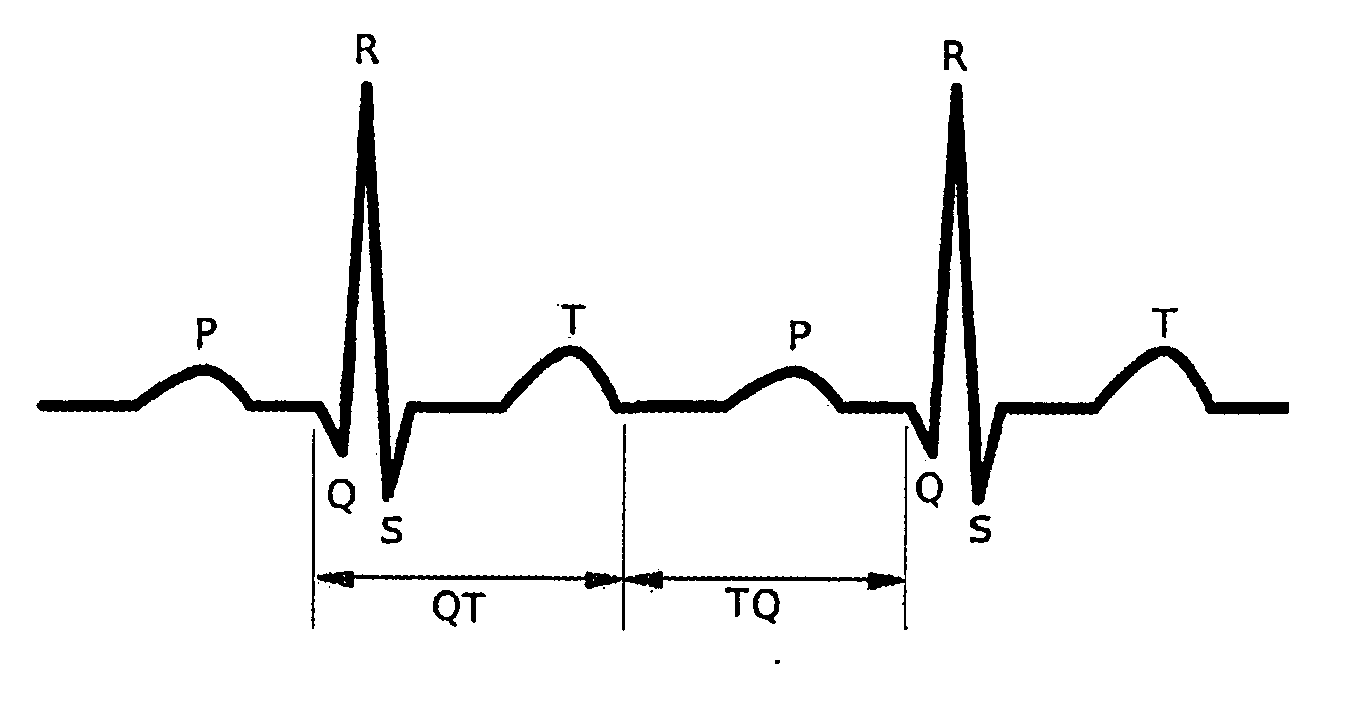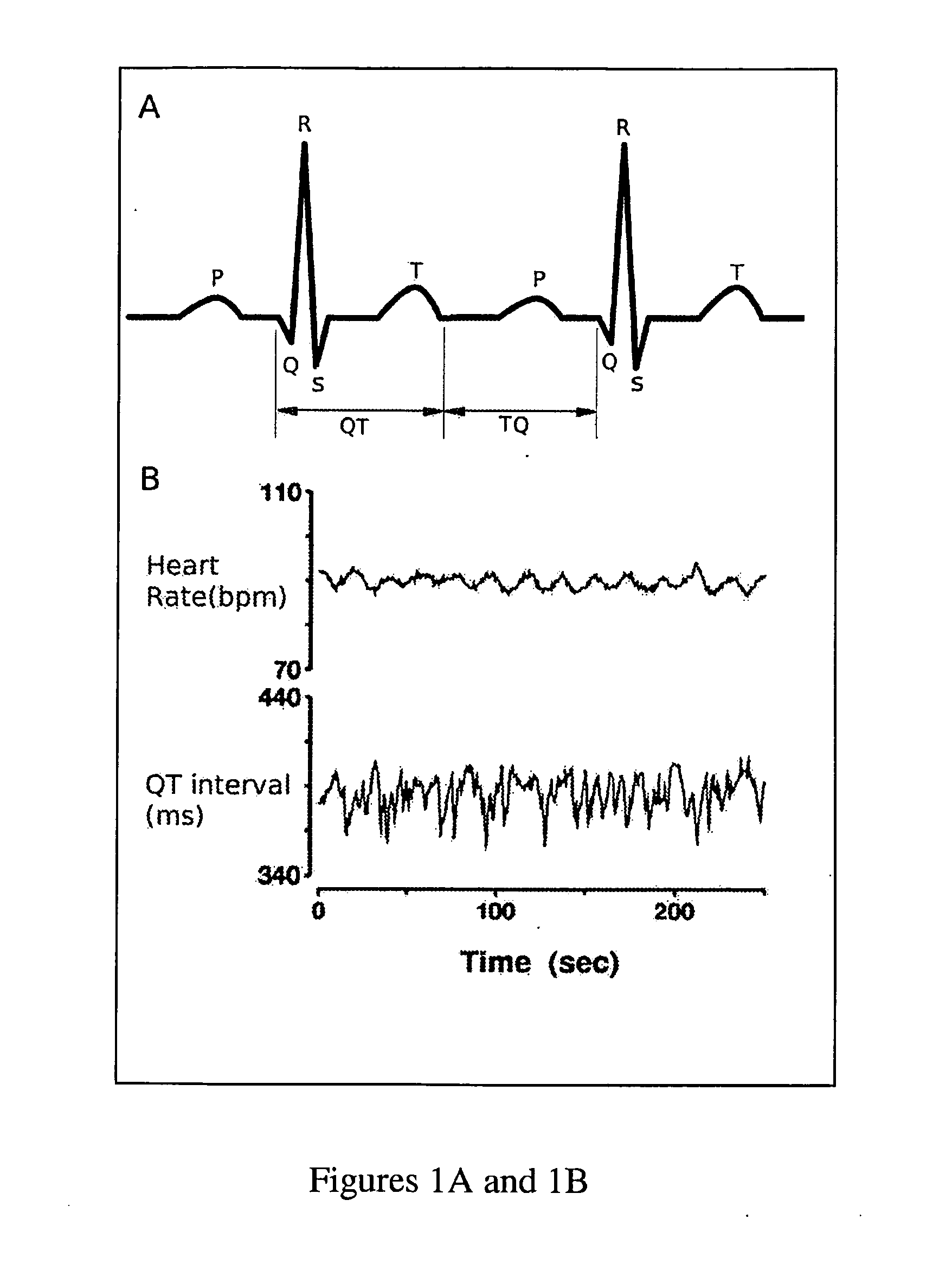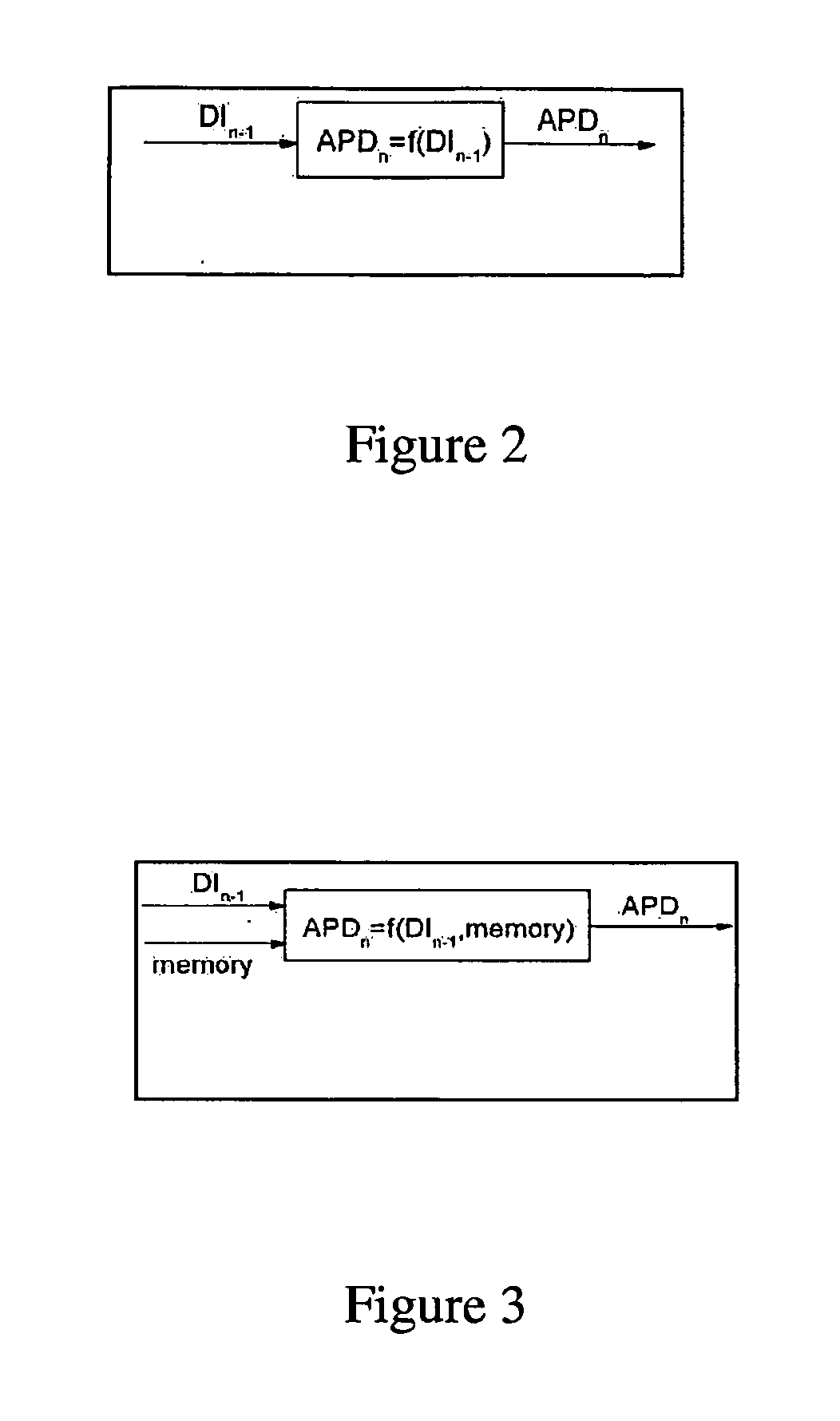Novel methodology for arrhythmia risk stratification by assessing qt interval instability
a risk stratification and qt interval technology, applied in the field of systems and methods of predicting the risk of ventricular arrhythmias, can solve the problems of inability to detect instability, lack of robust methodology to assess qt interval instability and thus predict the propensity to arrhythmia in a patient-specific manner, and major health problems such as sudden cardiac death (scd)
- Summary
- Abstract
- Description
- Claims
- Application Information
AI Technical Summary
Benefits of technology
Problems solved by technology
Method used
Image
Examples
example 1
[0048]Instability in the dynamics of ventricular repolarization plays an important role in the mechanisms of arrhythmia, especially when a premature heart beat (i.e. premature activation, PA) is presented. At the cellular level, ventricular repolarization is measured by the action potential duration (APD), the latter often expressed as a function of the preceding diastolic interval (DI).7 This relationship is known as APD restitution. Over the past decade, much emphasis has been placed on the restitution curve slope as a major factor in both the onset of arrhythmias, and the dynamic destabilization of reentrant waves that underlie arrhythmias. A large (>1) APD restitution slope indicates instability in APD dynamics;7-9 it is observed in the short DI range, which is typically associated with PAs. The shorter the DI, the larger the restitution slope. Research has demonstrated that unstable APD dynamics results in spatial gradients in APD,10-12 leads to ventricular tachycardia (VT) fol...
example 2
[0114]We have developed a novel algorithm to detect instability in QT interval (QTI) dynamics from clinical ECG recordings or ICD electrograms, as presented in Example 1. We demonstrated that QTI dynamics instability precedes the onset of ventricular tachycardia (VT) in patients with structural disease. We also demonstrated that the onset of VT is associated with increased frequency of premature activations (PA). In this example, using the developed algorithm to detect QTI dynamics instability, we constructed an arrhythmia risk stratification index. This index determines the dependence of QTI dynamics instability on the presence of PAs.
[0115]This example shows that the dependence of the instability in QTI dynamics on the presence of PA can be used to stratify arrhythmia risk in patients with structural heart disease.
[0116]The patient population had structural heart disease with an ICD implanted to provide an ICD recording, i.e., an EGM. The follow up of each patient terminated when ...
PUM
 Login to View More
Login to View More Abstract
Description
Claims
Application Information
 Login to View More
Login to View More - R&D
- Intellectual Property
- Life Sciences
- Materials
- Tech Scout
- Unparalleled Data Quality
- Higher Quality Content
- 60% Fewer Hallucinations
Browse by: Latest US Patents, China's latest patents, Technical Efficacy Thesaurus, Application Domain, Technology Topic, Popular Technical Reports.
© 2025 PatSnap. All rights reserved.Legal|Privacy policy|Modern Slavery Act Transparency Statement|Sitemap|About US| Contact US: help@patsnap.com



